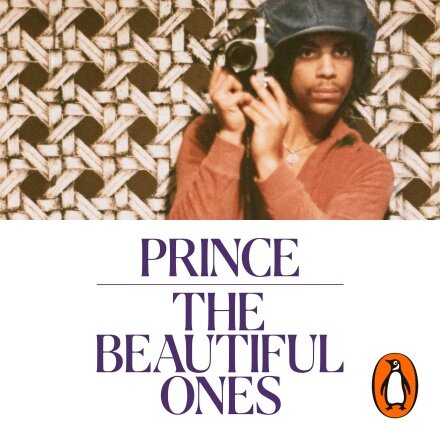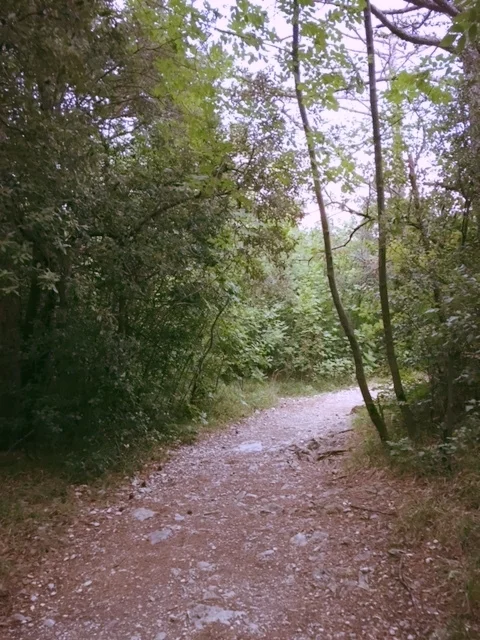Prince: Paisley Park
“For love is the color / This place imparts” —lyrics, “Paisley Park”
A Place as Concept
There is a place for the final, the finished: a gallery, a concert hall, a bookstore. Although Paisley Park was not the only creative workplace during Prince’s career, it represents the type of place whose purpose is process—a place where ideas can exist in their unfinished form.
While it first opened as a commercial recording studio (artists like Madonna and Stevie Wonder recorded here), for over thirty years it served as Prince’s home, a place for rehearsal and occasional music venue, and was the site of his “vault” (home to unreleased songs and personal artifacts).
Paisley Park morphed into being as any one of Prince’s artistic endeavours might have. First, as concept—a vision of a place where he could be free to create artistically; then, by 1984, concept gained definition through lyric and song, and by 1987 it had emerged as place—a manifestation of an artist’s understanding that ideas need space to come to life.
A Place for Creating
By the time of Prince’s passing in 2016, he had released several hundred songs (see this impressive discography here). If you count his unreleased songs as part of the total estimate, the number could easily double...there is no sure figure as many of the unreleased songs have not been made public. These include songs that might have been planned for release and then shelved, as well as those songs that went straight to the vault.
To read more about Prince’s process in creating his songs, read the Noble Oceans article “Song as Object.” To see photos of his written lyrics, read the Noble Oceans article “Song as Word.”
A Place for Keeping
Susan Rogers, Prince’s sound technician from 1983-1987, describes Prince’s different approaches to creating a song. In the arc of each song’s creation, there came a point where the song revealed itself with enough clarity, through enough work:
At this stage when it became clear what the song was, that’s when it became clear whether this was a song destined for the vault or whether it was a song destined for an album. —Prince and The Technician, The Kitchen Sisters Presents
As Prince describes it in the memoir/biography The Beautiful Ones, “If any track is unreleased, it’s because it’s not done.” The vault, in this light, is full of ideas-in-waiting.
To hear Susan Rogers describe what it was like to work with Prince during one of his most prolific eras, listen to this podcast episode from The Kitchen Sisters Presents:
For those four years, and almost every year after, Prince recorded at least a song a day and they worked together for 24 hours, 36 hours, 96 hours at a stretch, layering and perfecting his music and his hot funky sound. —Prince and The Technician, The Kitchen Sisters Presents
A Place for Practice
“When I’m onstage, I’m out of body. That’s what the rehearsals, the practicing, the playing is for. You work to a place where you’re all out of body. And that’s when something happens. You reach a plane of creativity and inspiration. A plane where every song that has ever existed and every song that will exist in the future is right there in front of you. And you just go with it for as long as it takes.” —Prince, Essence (2014), as quoted in The Beautiful Ones
How we strive towards quality is at the heart of all of Noble Ocean’s investigations into practice—practice as both verb and noun. Prince describes it beautifully in the quote above, and he delivers its beautifully in the video footage below.
Additional Resources
This plunge into Prince’s process was always almost there and it was finally brought forth after reading The Beautiful Ones, the memoir/biography initiated by Prince and his collaborator Dan Piepenbring just 3 months prior to Prince’s death on April 21, 2016. Piepenbring was left with Prince’s vision of what kind of book he had wanted to create together, with 28 pages of handwritten recollections, and eventually, access to artifacts found in Prince’s home at Paisley Park. It is a beautiful book—as a window into Prince “becoming” and as a work of art itself. Read an excerpt from the Introduction to read about the origins of the book. Curious about how Prince developed his lyrics? Check out Noble Ocean’s Prince: Song as Word.
On October 28, 2016, barely 6 months after Prince’s death, Paisley Park opened as a museum.
Visitors to Paisley Park drop their cellphones in plastic bags before entering Paisley Park. This leaves us with words to describe the place: read The New Yorker article “Paisley Park, Prince’s Lonely Palace.”
This article from The Washington Post covers the controversy of opening Paisley Park as a museum: “What Would Prince Want? Two Years Later, His Estate is a Mess and His Legacy Unclear.”
To read more about the vault, check out “I Would Hide 4 U: What’s in Prince’s Secret Vault?”
*Frontispiece
Photo from https://www.paisleypark.com/about. ® & © 2020 Paisley Park. All Rights Reserved.





